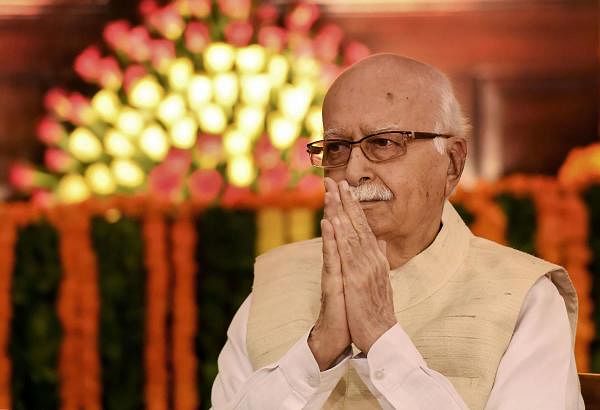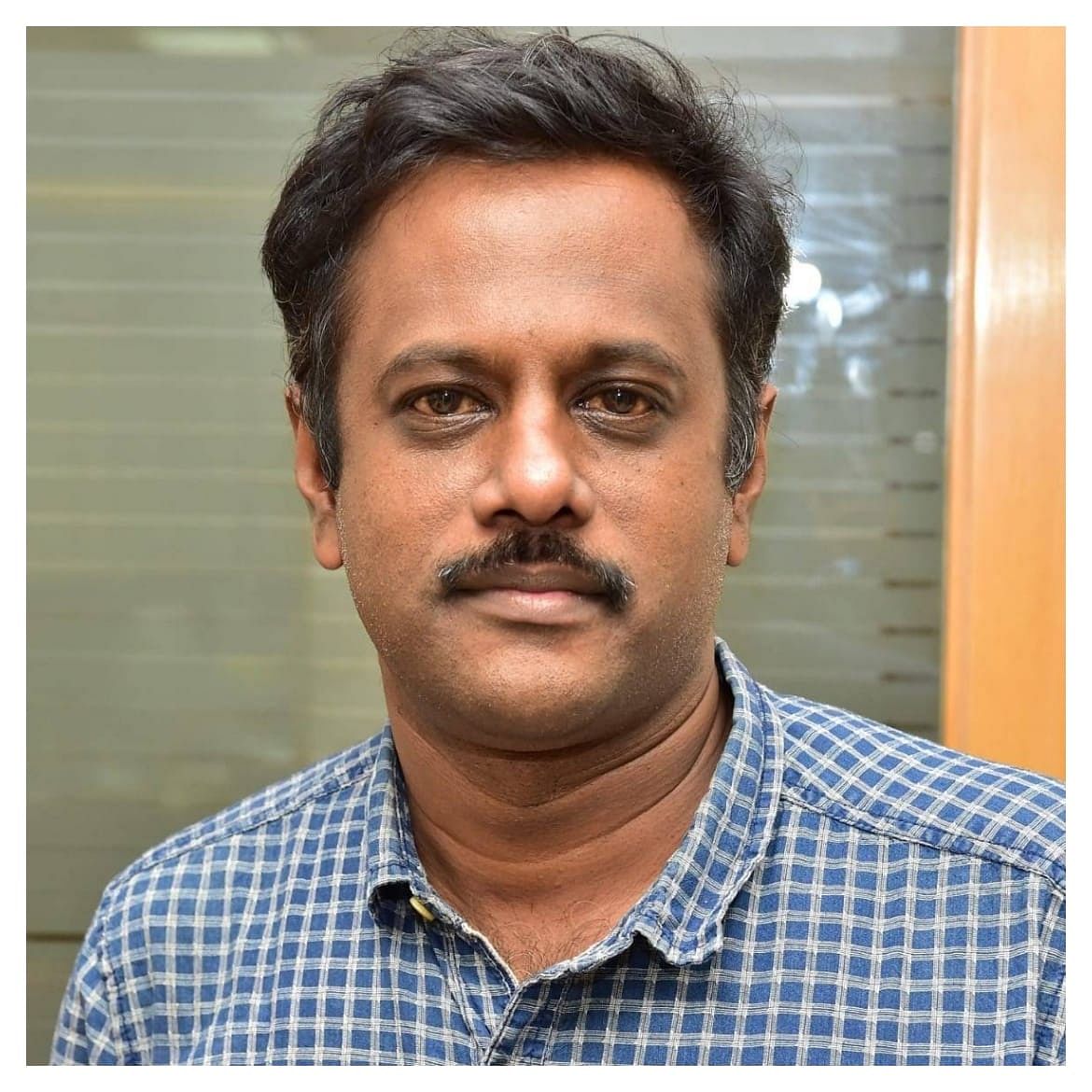
Reigniting the Ayodhya issue in the mid-1980s after being on the back burner for some time, veteran BJP leader L K Advani catapulted the Hindutva war cry to reclaim 'Ram Janmabhumi', along with Sangh Parivar sister organisation Vishwa Hindu Parishad (VHP), riding a 'rath' from Somnath Temple setting Ayodhya as its destination.
May be, Advani is not the same leader of influence now as he once was. It was under him that the BJP rose from two MPs in 1984 to 85 lawmakers in Parliament five years later and 120 in 1991 and the 'Parivar' credits the hard-liner leader for this meteoric rise piggybacking on the emotive issue of the birth place of Lord Ram.
Advani, along with VHP's Ashok Singhal, the main architects of the movement, designed how to keep the issue alive and reap electoral benefits for the BJP. However, he could not rise to become the Prime Minister and had to give way to Narendra Modi in the early 2010s.
Active in politics since 1952, Advani recalls that the issue had remained “purely a local issue” till mid-1980s and he “never had an occasion to speak on this matter” till then. But in the 1980s, the movement was reignited by the Sangh Parivar first on non-political lines with RSS and Congress leaders participating in it.
In 1986, the VHP upped the ante with BJP in support and the 1989 polls saw the saffron party increasing its MPs to 89. Since then, Ayodhya was high on BJP's rhetoric. It was in 1990 that the BJP decided that its then president Advani should lead the 'Ram Rath Yatra' to mobilise support for the Ayodhya movement and he recalls that it took no time for him to choose Somnath as the starting point. "Somnath became my point of reference in the debate on Ayodhya, which polarised India’s political and intellectual classes on lines not quite dissimilar to what was evident in the early 1950s, but on a much larger scale," Advani recalled in his autobiography 'My Country, My Life'.
The 'Rath Yatra' in September-October 1990 saw communal polarisation leading to riots and increasing chasm between Hindus and Muslims. His journey, which began on September 25, was to end on October 30 but was arrested in Bihar's Samastipur, leading to the collapse of V P Singh government after the saffron party withdrew support.
In 1991 Lok Sabha polls, BJP improved its tally and expanded its reach in rural areas, as it made Ayodhya a big part of its campaign theme. By then, Advani cemented his place as the hardline face of the party.
The next year saw more feverish attempts to fuel the movement culminating in the demolition of Babri Masjid. Advani and other top leaders were present when 'kar sevaks' pulled down the masjid and the veteran leader later described it as "highly unfortunate".
However, Advani in his autobiography says that this "explosion in the form of the demolition of the disputed structure" could not have been avoided due to secularists "allergy to Hinduism" and "utter disregard for the patience and tolerance of the majority community".
Also read — Ayodhya verdict explained in 5 points
"Anyone who follows, with an unprejudiced mind, the sequence of events leading up to that fateful day will scarcely be surprised by it. Equally, they will not be surprised that the ‘explosion’ led not only to the demolition of the disputed structure, but also to the construction of a small, makeshift temple, with idols of Ram Lalla duly installed inside it," he recalled.
